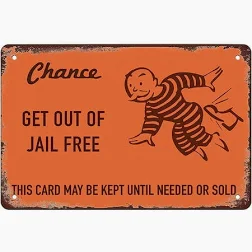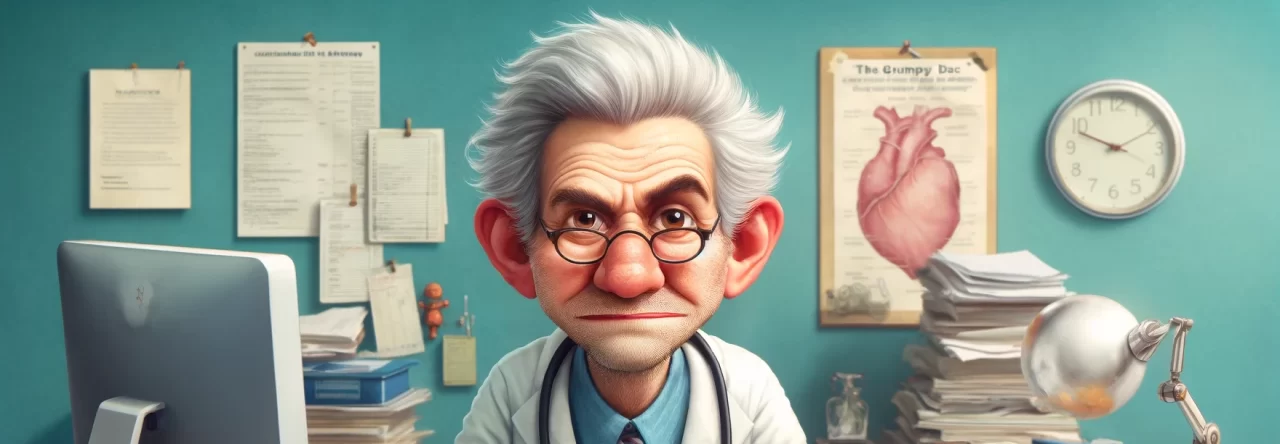
It seems these days that everything in the newspaper (Yes, I still read a newspaper) has to do with some kind of legal issue. It is either the ongoing political and legal difficulties of Donald Trump and Hunter Biden or it’s the lawsuits that our governor Jim Justice is facing as result of his questionable business dealings.
There also are various criminal stories in the paper. These range from the trials of the January 6th insurrectionists to local drug related shootings here in Charleston.
I think the fascination with legal stories is that happy news is inherently boring, and we all want to read about scandal or intrigue, particularly when well known people are involved.
Occasionally, in both civil and criminal cases I have run across the term “statute of limitations”. I’ve never paid a lot of attention to that. I always assumed it was just a get out of jail free card for people who could keep their crimes hidden long enough.
A recent article about a criminal case discussed when to start the clock on the statute of limitations. That got me thinking about exactly what is a statute of limitations and how does it relate to both criminal and civil cases.
Let’s start first with the definition. Miriam Webster defines statute of limitations as: A statute assigning a certain time after which rights cannot be enforced by legal action or offenses cannot be punished.
OK, that sounds a lot like the aforementioned get out of jail free card. Everyone knows about Monopoly and the get out of jail free card. I always thought of it as a way to avoid punishment for a crime you had obviously committed. But after spending some time looking into it, it’s a lot more complicated than that.
A Very Short History
We’ll start with a little bit of the history of the statute of limitations. Recognize, of course, there is no single statute of limitations; it varies from country to country and from local jurisdiction to local jurisdiction and from civil to criminal cases. Some countries have no statute of limitations at all.
Unlike what I initially thought, the statute of limitations is not a creation of the modern legal system. It has been around as long as there have been codes of law.
Hammurabi’s Code (circa 1754 BCE) in Babylon and the Twelve Tablets (449 BCE) in Rome included provisions that established time limits for bringing legal claims. Medieval Europe had statues of limitations that developed as part of customary law to ensure that legal actions were brought while evidence and memories were still fresh. Many of these same issues were incorporated into English common law and were codified in the Statute of Limitations Act of 1623 in England. This established limitations for various types of actions such as indebtedness and trespass. It generally did not cover criminal cases, particularly if it was an offense against the crown. Statutes of limitations in those early times were much shorter than what we have now.
Civil Actions
We will look first at the statute of limitations as it applies to civil actions. There are two main reasons for restricting time limits for civil suits. First, to ensure that legal action is brought while evidence is readily available. Second, to ensure that minor legal grievances are not raised years later as a means of harassing the defendant.
A major provision of most statutes is tolling. Tolling is a suspension or extension of the statute of limitations in exceptional circumstances. These include when the plaintiff was a minor at the time of the offence or has filed a bankruptcy petition. This extends the statute of limitations until that condition has been resolved.
It’s important to recognize that the statute of limitations does not begin when a fraudulent event occurs. It begins when the fraud or injury is discovered. At times it may begin when the plaintiff should have known. This prevents the plaintiff from fraudulently claiming to have been unaware of the injury.
There is an exception to the tolling rule. It does not apply to mass media such as newspapers and the internet. The statute of limitations begins at the date of publication. The general assumption is that the plaintiff knew or should have known on the date of publication that there may have been injury.
A judge may decide that the plaintiff has waited too long to request an extension of the statute of limitations in civil cases. This is intended to prevent never-ending litigation.
Criminal cases
The statute of limitations in criminal cases is far more controversial. These literally may be the get out of jail free card. However, there’s a long-standing precedent of statute of limitations in criminal cases. Even the US military in the Uniform Code of Military Justice states that all charges, except those facing court martial on a capital charge, have a five year statute of limitations. A capital charge being one that carries a death penalty.
It is important to note that in almost every jurisdiction with a statute of limitations on criminal cases there is a specific exclusion. That is when the defendant is in a fugitive state or has actively attempted to cover up their crime. In these cases, the statute of limitations begins when the defendant is apprehended or when the crime is discovered.
There has been much revision of statutes of limitation in criminal cases in recent years. For serious cases such as murder, kidnapping, rape, and child abuse they have either been considerably extended or eliminated altogether. They remain in effect for minor transgressions such as vandalism, trespassing, and marijuana possession.
The main argument for maintaining a statute of limitations for minor criminal cases is that it prevents prosecutors years later going after a person for a relatively minor crime and thus tying up the legal system at a time when witnesses and evidence may no longer be available. Although, some prosecutors argue that they require the ability to pursue relatively minor crimes in order to investigate or prosecute more serious crimes committed by the same person.
Putting it all together
After having done some research, I have a better understanding of the statute of limitations. I think it’s generally useful in civil cases to prevent new suits being filed years after the alleged event. Lawsuits are rampant in our court system today and we need to avoid clogging up the system with frivolous cases.
However, I’m undecided on criminal cases. While I recognize that keeping your crimes secret does not allow the statute of limitations to run, I still have some problem with people being able to defend themselves by saying “Sorry it’s been too long”.
If the statute of limitations is limited to such minor things as jaywalking, shoplifting, vandalism or marijuana possession for personal use, I think that helps to avoid backing up the legal system. Personally, I don’t believe there should be a statute of limitations for serious crimes. Of course, that leads to another discussion of what constitutes a serious crime.
All comments on the statute of limitations are welcome. You may even encourage me to share my grumpy opinions on more controversial aspects of this topic. The Grumpy Doc is just glad that the statute of limitations applies to the stupid things he did in high school.


The Wisdom of Thomas Sowell
By John Turley
On October 27, 2023
In Commentary
Periodically I post quotes from well-known people who I find to be interesting and thought provoking. I present these quotes without comments from me. I don’t always agree with them, but I do always find them worth considering. I continue that today with quotes from Thomas Sowell, well known economist and conservative political commentator.
The fact that so many successful politicians are such shameless liars is not only a reflection on them, it is also a reflection on us. When the people want the impossible, only liars can satisfy.
The fatal danger of our times is a growing intolerance and suppression of opinions and evidence that differ from the prevailing ideologies that dominate institutions, ranging from the academic world to the corporate world, the media and government institutions… Many intellectuals with high accomplishments seem to assume that those accomplishments confer validity to their notions about a broad swath of issues ranging far beyond the scope of their accomplishments.
The concept of “microaggression” is just one of many tactics used to stifle differences of opinion by declaring some opinions to be “hate speech,” instead of debating those differences in a marketplace of ideas. To accuse people of aggression for not marching in lockstep with political correctness is to set the stage for justifying real aggression against them.
The problem isn’t that Johnny can’t read. The problem isn’t even that Johnny can’t think. The problem is that Johnny doesn’t know what thinking is. He confuses it with feeling.
The following is attributed to Thomas Sowell, but I have not been able to verify it’s source.
Some people believe they do what God would do if only he were as well informed as they are.
And finally:
People who enjoy meetings should not be in charge of anything.
Thomas Sowell dropped out of high school and served in the Marine Corps during the Korean War. After discharge from the Marines, he obtained a GED. He went on to graduate from Harvard University magna cum laude, earn a master’s degree from Columbia University and a PhD from the University of Chicago. Dr. Sowell has published more than 40 books. His most recent is “Social Justice Fallacies”. It is the sixth book he has published since he turned eighty in 2010.